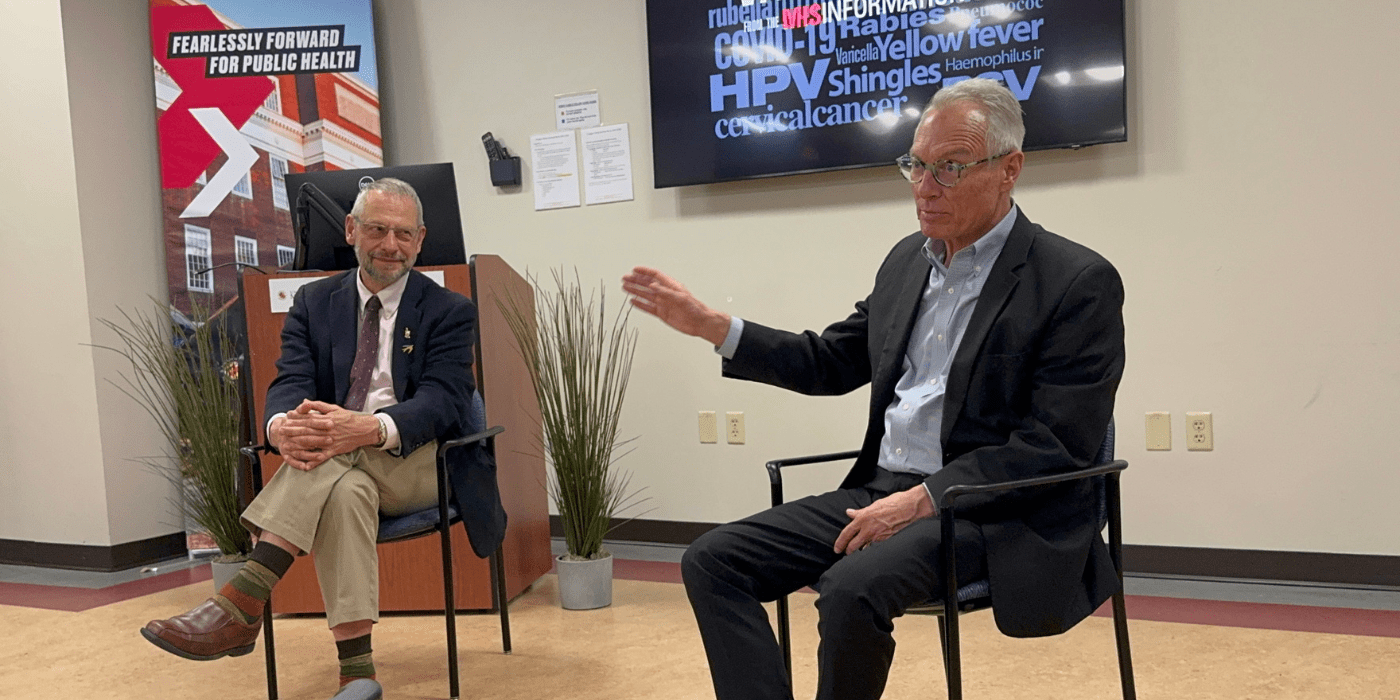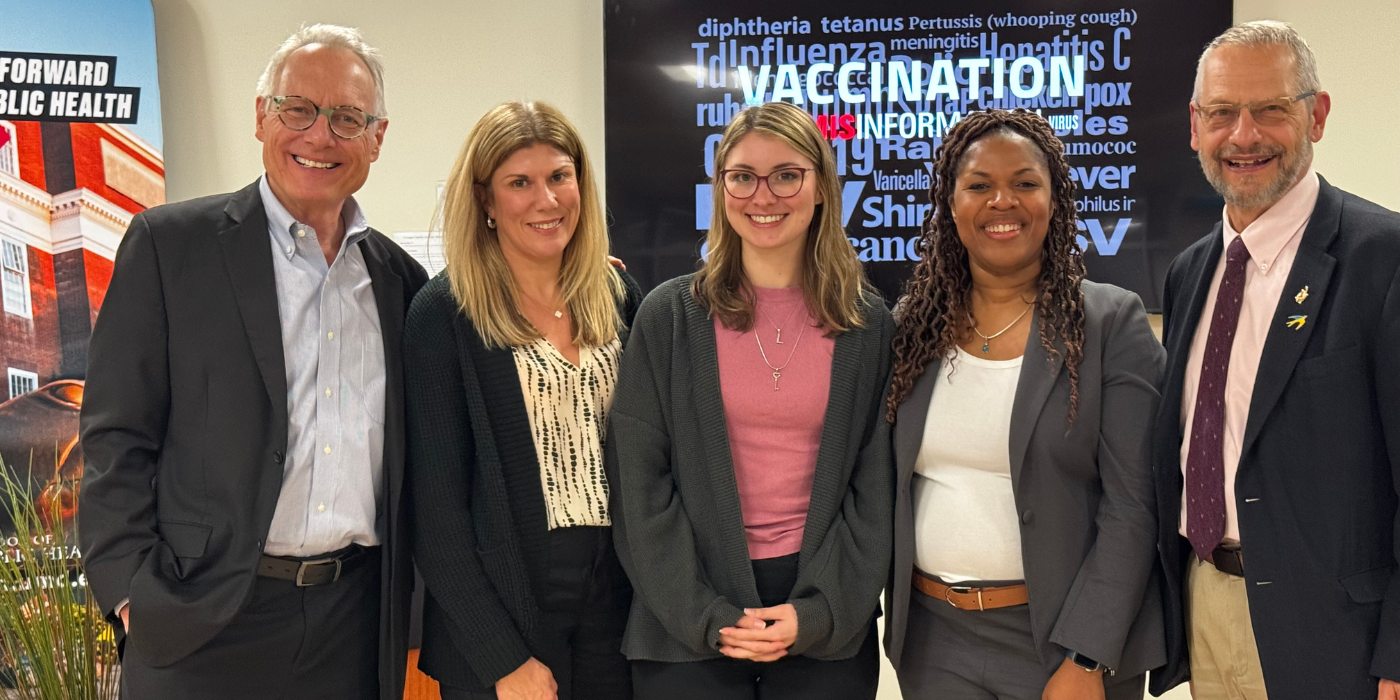
Capping off a week of School of Public Health events as part of National Public Health Week, SPH hosted an Emmy Award-winning documentarian Chris Schueler, who has spent over 20 years highlighting public health issues through his films.
A day after a screening of his documentary “Vaccination from the Misinformation Virus,” Schueler led an Effective Communication Workshop, covering the fundamentals of social-change filmmaking and sharing personal stories of his travels.
“Storytelling is an incredible answer to so many of public health's problems,” said Schueler. “Stories change minds, stories grab peoples’ hearts.”
Learn more below about the key elements to social change storytelling and how Schueler creates change through compelling on-screen narratives.
Be specific in your mission and audience
A good story always has a specific mission. As Schueler said, ask yourself, “...what change are you trying to make and for whom?” Schueler told students to find what he calls a trim tab – a small part of a ship or a plane such as rudders or wings that help such giant vehicles move. In storytelling, trim tabs refer to a specific audience or action that propels the story in a significant way and helps achieve change.
By creating a clear-cut mission statement for your story, you are able to properly identify the audience the story is targeting.
“Target the particular audience, and put your story in a way where the audience has to listen to it,” said Schueler. “You have to get into their heads.”
Find a call to action
A call to action in a documentary refers to a specific action you want from your target audience. The call to action should always be clear to people who have watched the film. A straightforward actionable message to viewers helps ensure that your message becomes successful. A call to action should have three parts:
- Action: What you want the audience to do
- Motivation: Why should the audience do what you want them to do?
- Distribution: How you convey your message
Use powerful visuals and be creative
As a storyteller, your job is to control what your audience sees and feels and this is primarily done through visuals. Use your most powerful soundbites and visuals in the lead of your piece to hook your audience.
In order for your story to be memorable, it's important to use a creative approach. Take the time to brainstorm ways to convey your message in a unique, abstract manner.
“Creativity beats money every single time,” said Schueler. “Have fun, be passionate and make your project count.”
Schueler’s presence closed out a broad array of National Public Health Week events in SPH.
“Our film screening with Chris Schueler brought the urgency of public health storytelling to the forefront and sparked meaningful dialogue across students, faculty, and community members,” shared organizers Dr. Sylvette La Touche-Howard and Dr. Tracy Zeeger, assistant deans and co-directors of the Office of Public Health Practice & Community Engagement (PHPCE), and MegAnn Smith, PHPCE distinguished fellow. “Schueler’s powerful master class on social media and health communication reinforced their vital role in today’s public health landscape.
"National Public Health Week 2025 at SPH was extraordinary,” they shared. “From launching dynamic new initiatives like our community fitness event with WeFitDC to showcasing student brilliance through the practice poster session, flash presentations and intern experiences panel—this week was a celebration of passion, purpose and progress.”
By Sumaya Abdel-Motagaly
